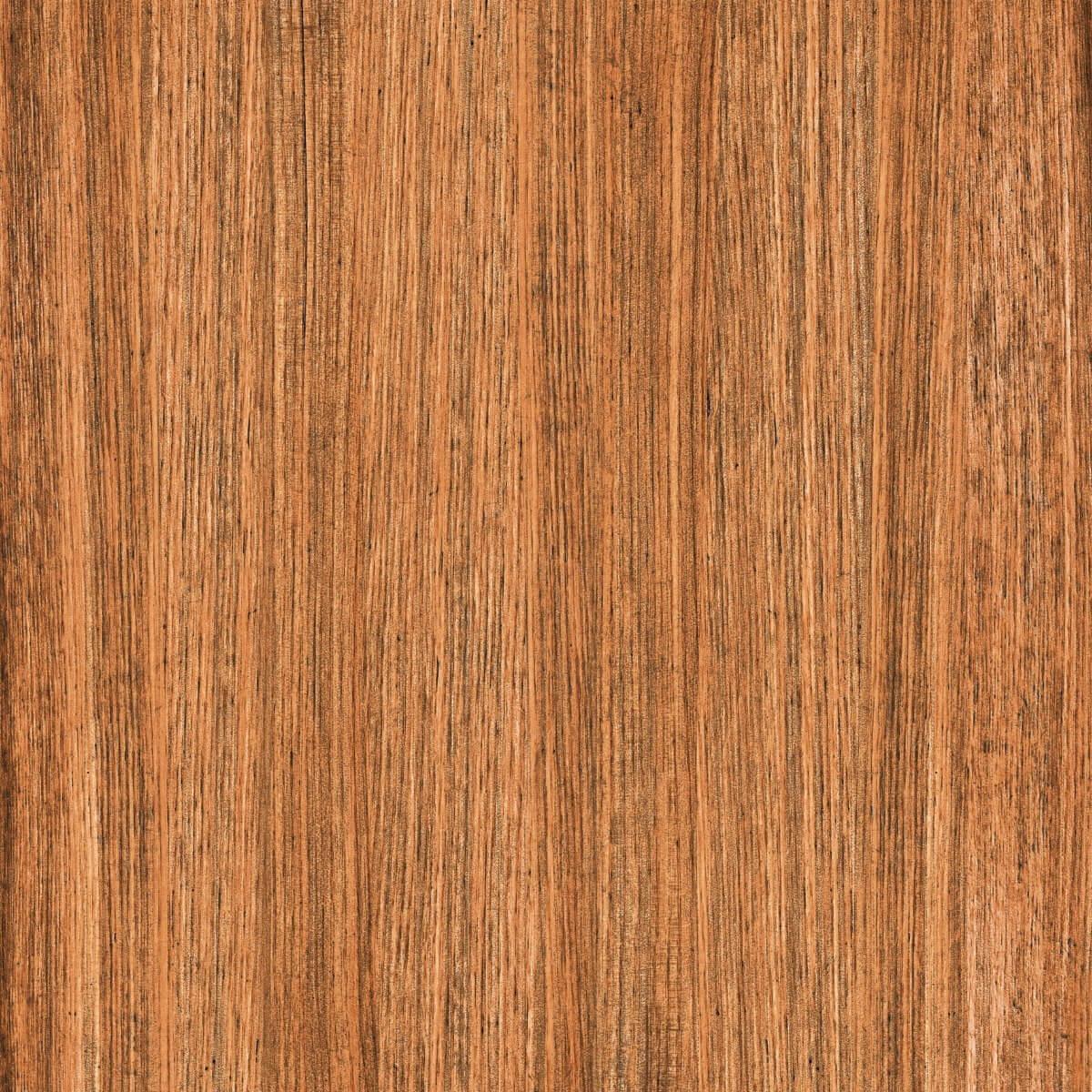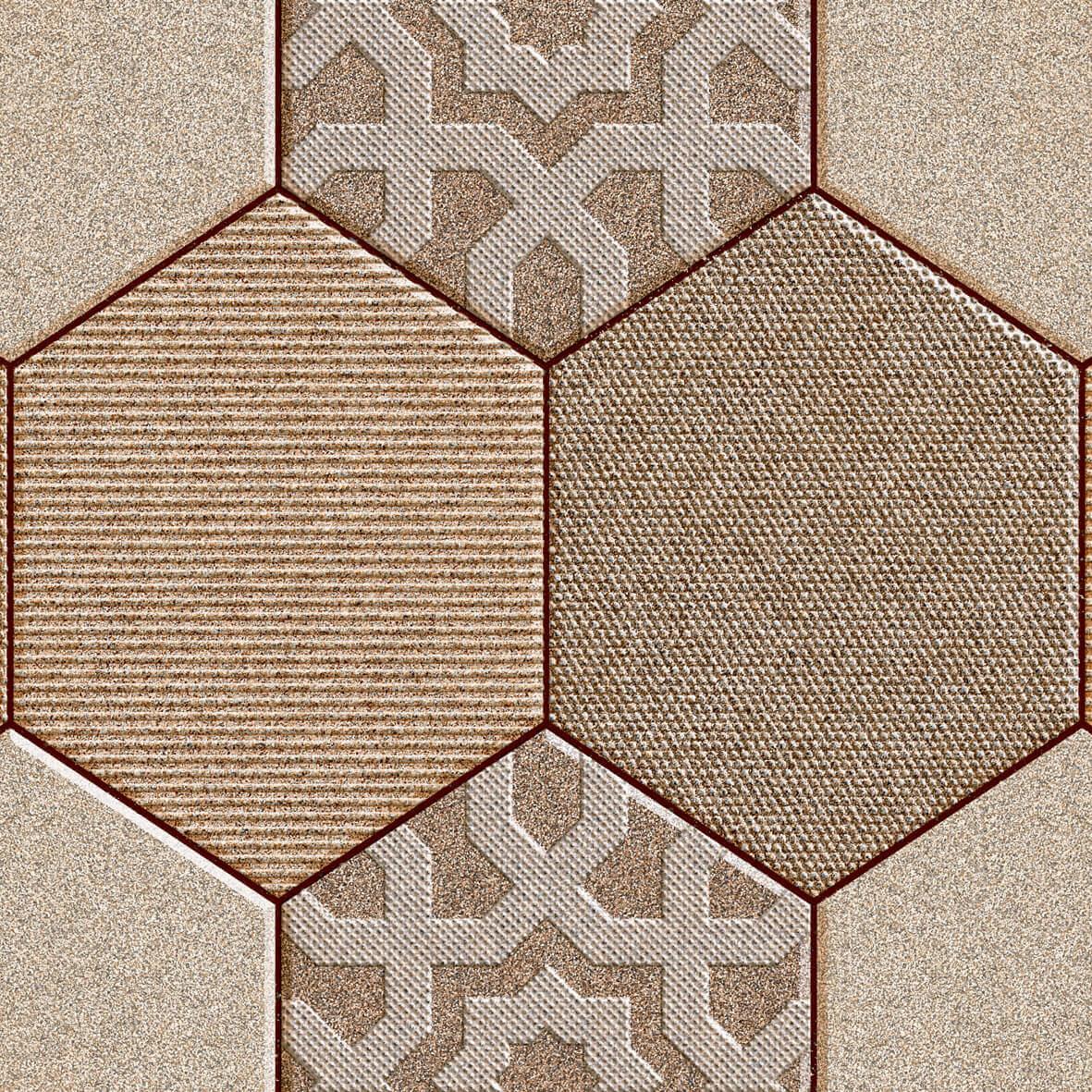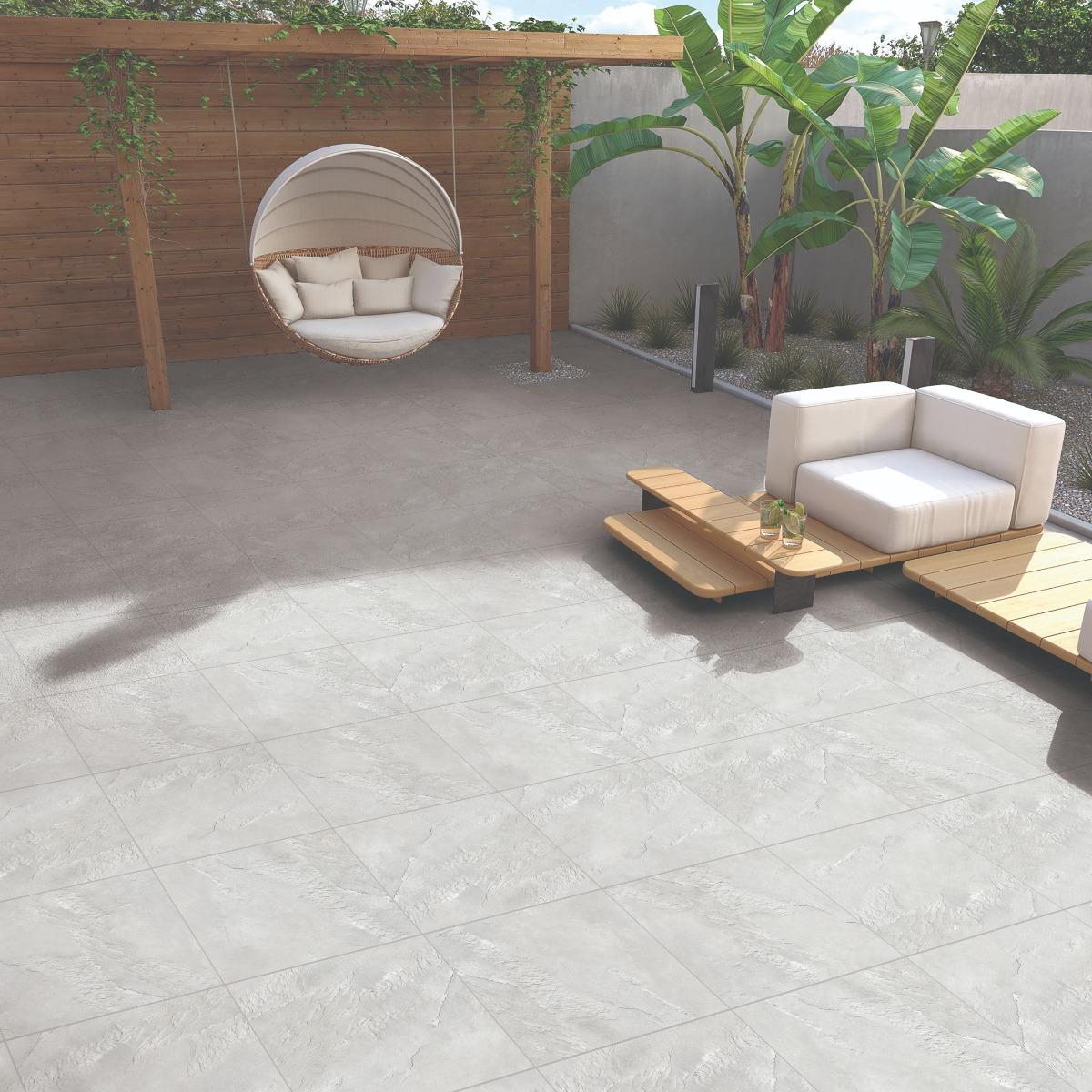15 Nov 2024 | Updated Date: 13 Feb 2025, Read Time : 4 Min
8019
Skirting Tiles: Styles, Sizes, and Designs

Have you ever planned your area with the edges of your walls in mind? They are more significant than you may realise, but they are simple to ignore. Skirting tiles can help with that. These hidden heroes are essential to improving the overall appearance of any interior space and for wall protection from dings and scratches.
The right wall skirting tiles may make all the difference in interior design in creating a polished, unified look, whether you’re remodelling an existing space or starting fresh.
So, let’s get started and find the crucial information that will enable you to use tiles for your room’s edges, be it wall or floor skirting tiles, to revamp your home completely. Prepare to enhance your interiors and produce a flawless, high-end finish that will astound your loved ones.
What Are Skirting Tiles?
Skirting tiles are crucial in home design for their functionality and interior aesthetics. Placed along the bottom of the walls, they establish a seamless transition between the wall and the floor. Skirting tiles enhance a room’s overall look and finishing touch while shielding walls from scuffs, scratches, and moisture damage.
The variety of tiles’ skirting designs lets homeowners choose the perfect option to complement their interior decor. With a robust, modern style or a classic, timeless look, skirting tiles offer many protective features to enhance your living spaces’ visual appeal and functionality.
Also Read: Bedroom Colour Ideas and Combinations: Transform Your Space with the Perfect Palette
Popular Skirting Tiles Designs
There are many skirting tile designs available, ranging from simple and elegant to elaborate and ornamental. Take a look at some of the popular skirting tile designs below:
Tiles Skirting Design-Black Skirting Tiles
Black skirting tiles are among the popular design trends that can dramatically contrast light-coloured walls and flooring. These modern skirting tiles give any space a chic and daring appearance.
Wall Skirting Tiles
Wall skirting tiles, which are placed simply on the wall instead of the floor, are another skirting tile design choice. These tiles can break up the wall-to-floor transition and provide a distinctive visual feature. In modern or industrial-inspired spaces, wall skirting tiles are often used to complement the overall design concept.
Cove Skirting Tiles
Cove skirting tiles‘ rounded or curved edges produce a soft, smooth transition between the wall and the floor. These tiles can provide any room refinement and elegance, particularly in areas that need contemporary decor or have a classic or retro feel. They are very easy to clean and maintain because of their curved shape.
Skirting Tiles Sizes and Heights
Common Skirting Tiles Sizes
The tiles are usually available with a thickness of 10 mm, or 12 mm and a height of 100 mm, or 150 mm. The ideal standard dimensions will depend on your space’s dimensions and look. While large-sized skirting tiles create a more dramatic, statement-making impact, smaller ones work better in smaller areas or minimalist designs.
Understanding Tile Skirting Height
In addition to the size of the skirting tiles, your skirting tiles’ height should be considered. Skirting tiles usually come with height standards between 4 and 6 inches, while some homeowners may choose taller versions up to 8 inches for visual impact. Taller skirting tiles can give a room a sense of grandeur and visual length, while shorter tiles could be more suited for low ceilings or to maintain a sleek, modern aesthetic.
Also Read: Transform Your Space with Stunning Bedroom Colour Designs
Skirting Tiles for Different Applications
There are benefits and drawbacks to both floor and wall skirting tile applications. Since wall skirting tiles need to be strong and resistant enough to tolerate moisture to preserve the wall surface, they are available with material options such as porcelain or ceramic. On the other hand, floor skirting tiles typically use superior non-slip materials, such as real stone or high-quality vinyl, to provide foot safety and protection.
Installation Guide for Skirting Tiles
Tile skirting work is essential to achieve a smooth, and polished finish. Here is a detailed guide for tiling techniques to assist you with the skirting tiles installation process:
Before beginning the tile skirting work, ensure the wall or floor is clean, level, and free of debris or unevenness.
Mark the intended location by taking measurements of the area where the skirting tiles will be placed.
As directed by the manufacturer, apply a thin coating of tile adhesive to the designated area.
Press the skirting tiles firmly as you carefully put them along the adhesive.
After the tiles are solid, fill the spaces between them with grout. To preserve the finish, let the grout cure before sealing the tiles.
If preferred, add an edge or ornamental trim to the top of the skirting tiles for a polished appearance.
Conclusion: Choosing the Right Skirting Tiles for Your Home
Skirting tiles are a multipurpose and crucial component of interior design, providing both functional and decorative advantages. Whether you prefer the classic elegance of cove skirting or the sleek and contemporary look of black skirting tiles, there is a skirting tiles design to fit any home improvement aesthetic.
The overall design principle, ceiling height, and space size are important factors to take into account when choosing skirting tiles for your area. When looking for the ideal tiles to improve the appearance and feel of your living areas, visit local tile stores or search online. With the right modern tile skirting, you can create a smooth, polished surface that will protect your walls and improve your interior design.
FAQs
Skirting tiles, which provide a smooth and durable transition between the wall and the floor, are typically made of ceramic material or natural stone material. These tiles’ distinctive craftsmanship ensures a robust and glossy look.
The ideal skirting tile size is determined by the dimensions of the space and the look you want to achieve. The most common height range for skirting tiles is 4 to 6 inches, however, they can reach up to 8 inches. Higher tiles may have a greater impact, but shorter tiles may be more appropriate for smaller settings.
Yes, floor skirting is highly recommended since it hides cracks, shields walls from harm, and provides the room with a polished look.
Skirting tiles create an elegant transition between the floor and wall, conceal any imperfections, shield walls from damage, and help prevent dust buildup at the base of the walls.
 600×1200 mm
600×1200 mm 600×600 mm
600×600 mm 195×1200 mm
195×1200 mm 300×600 mm
300×600 mm 300×600 mm
300×600 mm 300×450 mm
300×450 mm 300×600 mm
300×600 mm 300×450 mm
300×450 mm 300×600 mm
300×600 mm 300×600 mm
300×600 mm 300×450 mm
300×450 mm 300×600 mm
300×600 mm 600×1200 mm
600×1200 mm 600×600 mm
600×600 mm 600×600 mm
600×600 mm 600×1200 mm
600×1200 mm 600×600 mm
600×600 mm 600×600 mm
600×600 mm 300×600 mm
300×600 mm 600×600 mm
600×600 mm 300×600 mm
300×600 mm 600×600 mm
600×600 mm 145×600 mm
145×600 mm 600×600 mm
600×600 mm 300×600 mm
300×600 mm 600×600 mm
600×600 mm 300×600 mm
300×600 mm


























